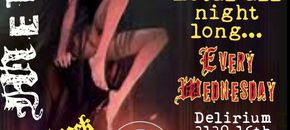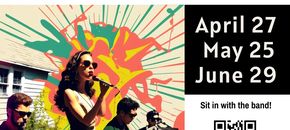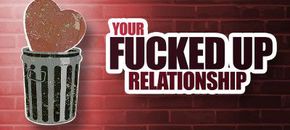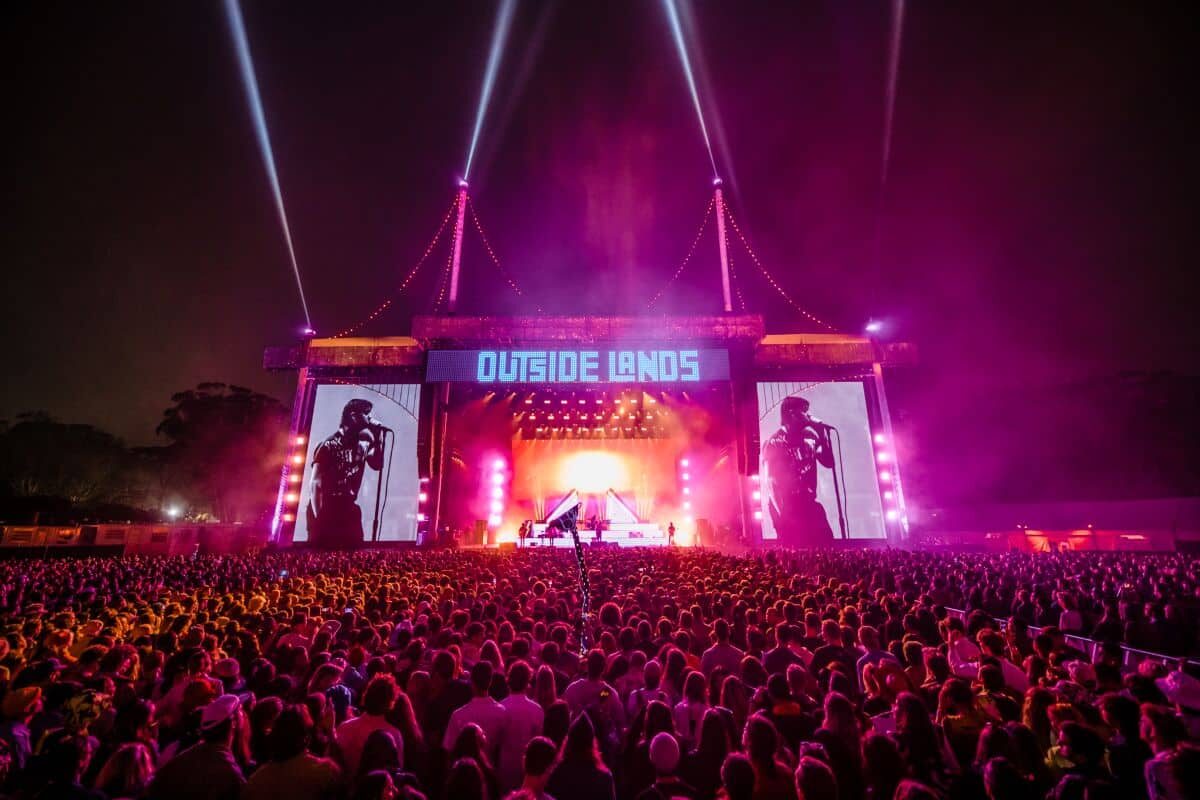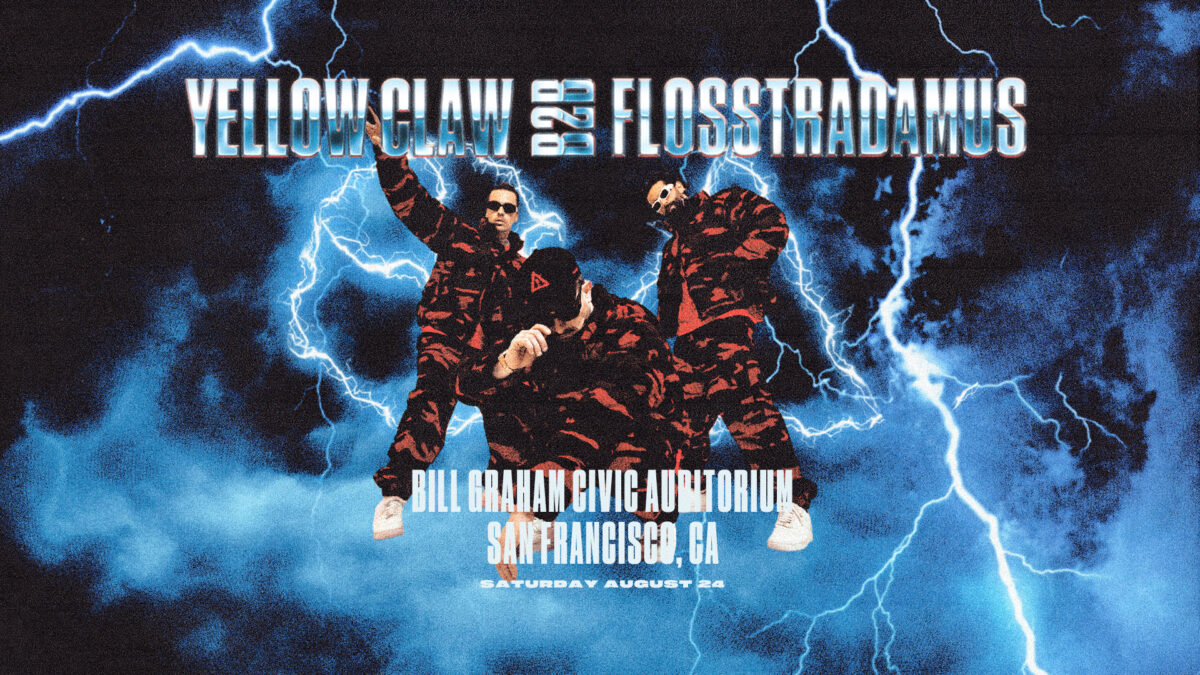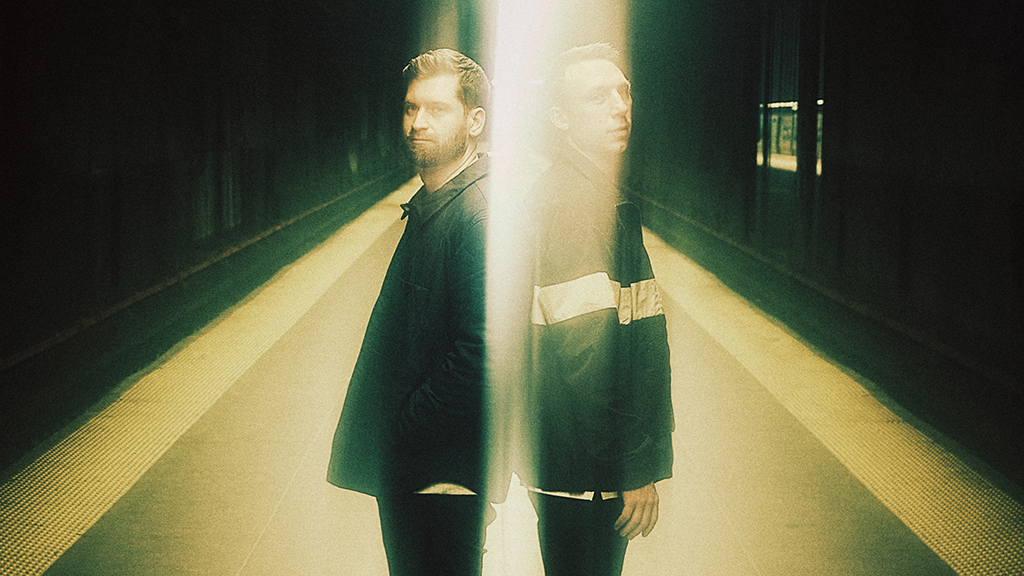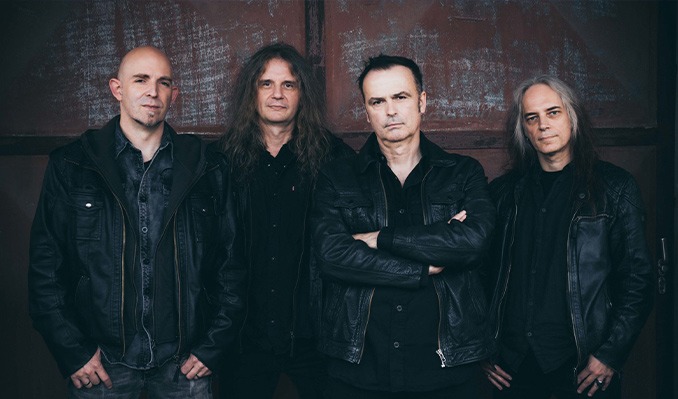Q&A: Jean-Christophe Le Saoût of Wax Tailor on Storytelling Through Hip Hop
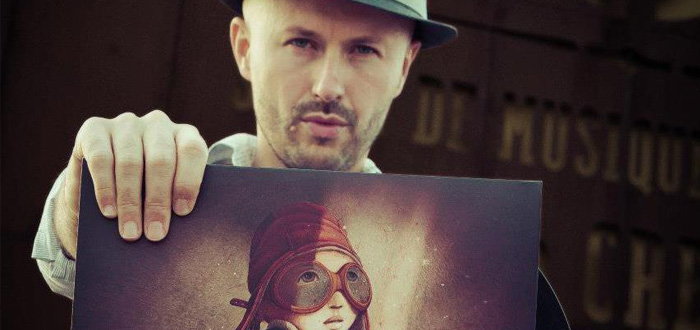
Wax Tailor pushes the boundaries of electronic music, combining thought provoking philosophies with soulfully inspired hip-hop beats.
Jean-Christophe Le Saoût, the mastermind behind Wax Tailor, is a French DJ and producer who is deeply rooted in hip-hop. With his last effort, The Dusty Rainbow Experience, Wax Tailor conceptualizes a story of young boy who discovers the evocative powers of music.
Complete with videos created for each song by more than 20 directors, Le Saoût breaks away from his traditional roots by creating a soundtrack riddled with trip-hop, soul, jazz and narratives by Don McCorkindale. The Dusty Rainbow Experience fulfills a sentiment and nostalgia that every music lover longs for.
We caught up with him during a phone interview from his hotel room in Charlotte, N.C., to talk about the album, his musical roots and his plans for San Francisco. Wax Tailor performs at Mezzanine on September 24th.
When was the last time you were in SF, and have you played Mezzanine before?
I played last fall, in October. The first time I played in San Francisco was with RJD2 at the Independent about seven years ago. This is our first time playing Mezzanine. I always heard about it, and the last time we were in San Francisco we talked about playing there, but I always thought it was too big for us. I’m really excited to come back.
Is there any distinct memory you associate with SF?
The first time I came to San Francisco I got a strong sense of culture and form, it was a very specific feeling I had. I’m probably not the first to say that, but from a European point of view there is something special about it. I grew up with a very northern American influence in my music, so it’s like coming back to my roots. It’s almost like coming home.
You’re playing a number of different types of shows on this tour, some solo, some with Buck 65. Why did you choose SF for the Dusty Rainbow Experience?
It’s a lot about the followers and how things happen in the U.S. You get cities like San Francisco, Seattle, and New York where I have a good following. It’s easier for me to bring a full band and the concept about the Dusty Rainbow Experience. But at the same time I don’t want to close the door on other audiences. At the moment, I’m playing with our vocalists on the East Coast and on the West Coast I’m going back to the Dusty Rainbow Experience.
How are you going to recreate that as a live experience?
The questions I had where am I supposed to keep a compilation of tracks, or recreate something around the story? On stage I have four musicians—a cello, violin, bass, guitar and flute— and vocalist and the visual projection from 20 directors.
I often talk about something that goes from the narrative aspect to the imagination. The way I constructed live is like chapters. It’s not just one track after another, and each time I come back to the chapter, you get another part of the story that is coming. That visual part of the show is more about the imaginary world. Everything I’ve done with the directors was thinking about the children’s point of view, and bringing a person back there.
Is this story somewhat auto-biographical?
If you asked me a year ago I would have said no. And honestly, it’s not directly about me, but I’ve used a lot about my own story to create it. It’s about the polar evocation of music and a companion to everyday life. I wanted to create an album with story-telling, and I knew I wanted a mood with a strong voice. It made sense because the first strong sense of music comes in your childhood. For me, it made sense to tell this tale.
The Dusty Rainbow Experience blends a lot of different styles, such as funk, soul and hip-hop. Do you think it broke you out of the trip-hop stereotype, and was that your intention?
You know, a few years ago I was a bit more obsessed about doing the hip-hop thing and then I realized that genres aren’t that important. For me, the trip hop thing is just a journalist term, because you have some really great artists in that genre and some really whack ones. I like the hip-hop term a little more, but it’s not really about the label of the music, but the music itself. I just like using melodies with strong hip-hop beats.
How would you describe music to someone who has lived in a bubble?
To quote Friedrich Nietzsche, “without music life would be a mistake.”
Do you ever think about life without music?
Not really. It’s like when people ask hypothetical questions, ‘if you had to choose between this and that,’ I’m like, why would I have to choose? I need the music. I don’t even think what life would be without it.
For me, it changes with time. I was probably listening to some more music when I was young, and now that I’m older I listen to it differently. It’s really more about the quality now. If I have an hour to spare, I want a good coffee and a moment when I can listen to good music. The music is the original soundtrack of our lives. There are moments when you need some Billy Holiday, and moments when you’re on the road and you need some Rage Against the Machine to wake you up.
Did you grow up with an eclectic musical pallet?
I grew up with rap music because my dad was really into jazz. When you’re a teenager you revolt against what you’re parents listen to. When I started making beats I went back to my parents vinyl’s and started using jazz more in my music. There’s a lot of music to listen to, it’s just about being eclectic in the right way.
Have you started working on new material?
No. Since the last album I’ve been touring intently. I’m preparing a new project, and again it’s about the live show. It’s a symphony project for next spring. I’ll be touring in France with 40 to 45 musicians on stage. That’s the next step. I’m not so focused on recording because it’s something you’ll see come to life when we play live. We might bring it to the states. I don’t think I’ll do the story telling thing again. When you get an idea and you conquer it, you don’t necessarily want to do it again.
